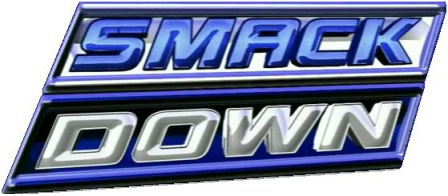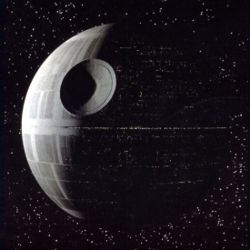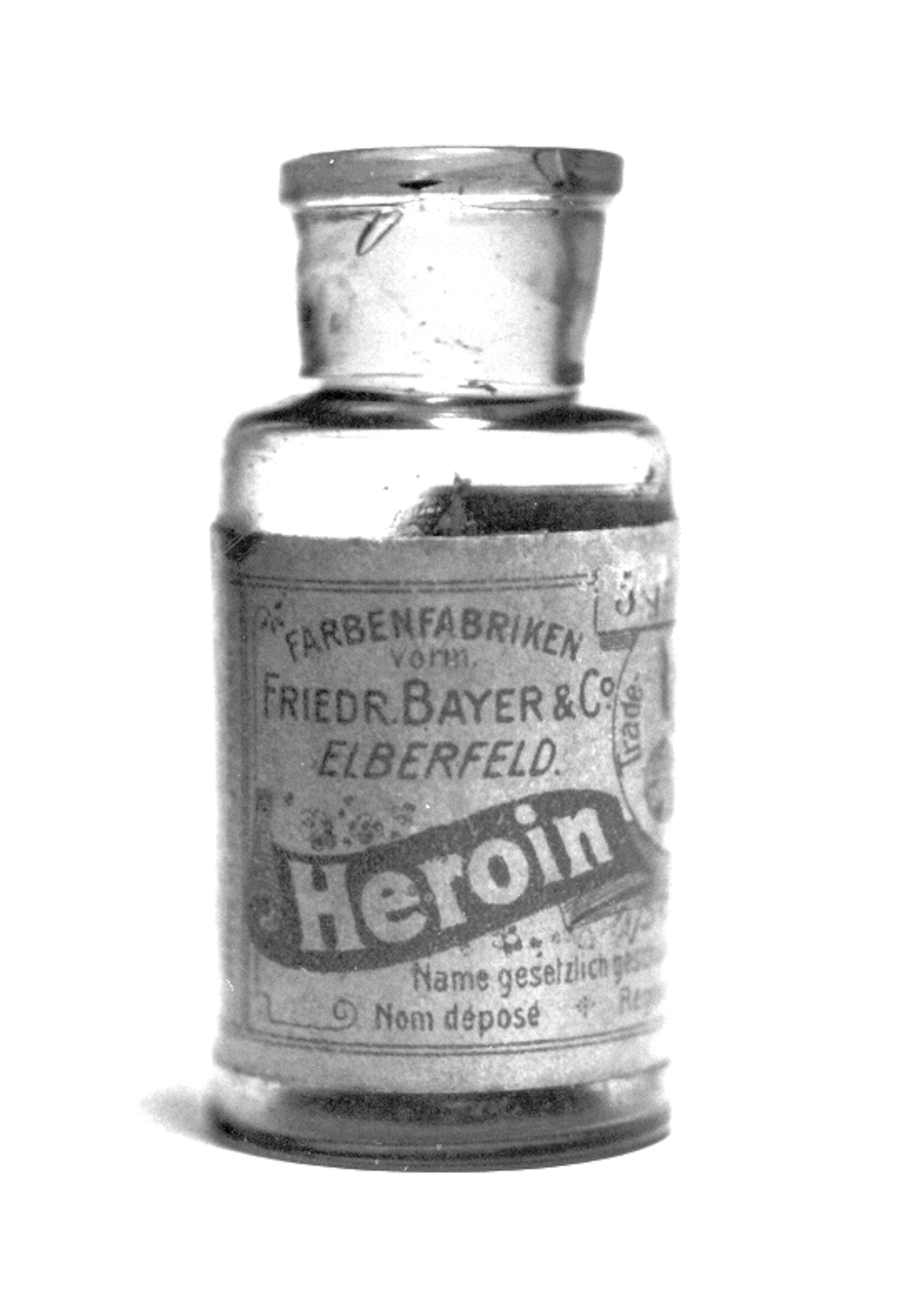I typically have trouble deciphering from transcripts which way the Court is leaning. However, in this instance, it's pretty clear that the Federal Circuit's test for indefiniteness of patent claims (i.e., the claim complies with 112, 2nd para. unless it's "insolubly ambiguous") is going in the dumpster.
Now, it doesn't surprise me that the Supreme Court is going to trash another perfectly useful Federal Circuit rule (presumably in favor of something a lot squishier, but that's another blog post).
What does surprise me is the uniform disdain for the Federal Circuit's test that is articulated by everyone involved in the hearing, including not only the Justices but also the attorneys for both sides. Usually at least the appellee is in favor of the lower court's test. Not here.
Also, the elephant in the room here is the fact that, in order to get a patent, the applicants, their attorney or agent, and at least one patent examiner thought they understood the scope of the claims. I understand that claim construction is a matter of law, and that the PTO's claim construction is not entitled to any deference. But if you think about it, it's perplexing that the fact that the PTO gave the claim an interpretation at all isn't entitled to some sort of deference.
I've been trying to wrap my brain around that all morning, and all I've succeeded in doing is giving myself a headache.





















